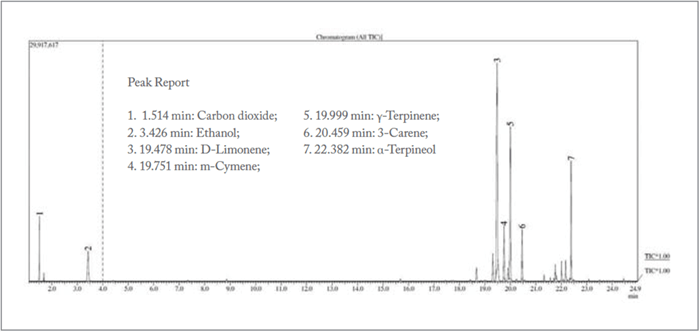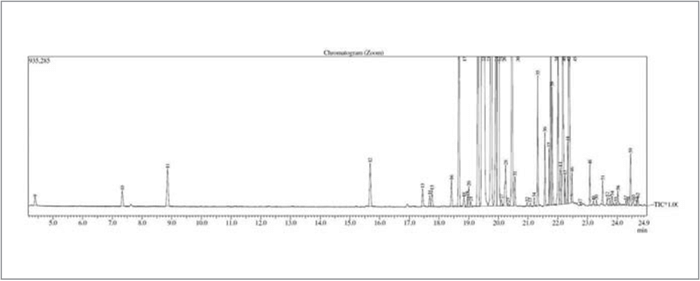It’s no coincidence that the human nose is directly over the mouth, nor that there is an “aromatic” class of organic compounds. While smell is not strictly speaking a component of taste, it certainly can have a significant effect. On the quantitative analytical testing side, the Purge and Trap method can extract and concentrate volatile flavor compounds from a liquid sample for subsequent analysis by GC/MS. In this application, a soft drink was tested with purge and trap-GC/MS on a CDS 7000C purge and trap concentrator coupled to PAL RTC 850 System. The results reveal some interesting findings.

Please log in or register to view the full application note







